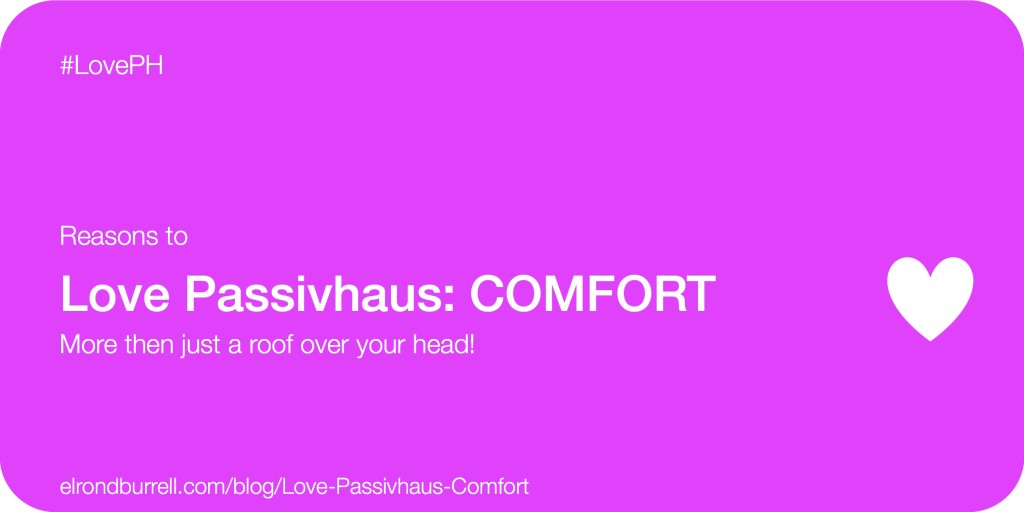Architecture is often described as the combination of art and science. The role of art in architecture is understandably subjective and open to debate. However, what about the role of science in architecture?
Clearly buildings do obey the laws of science, as they must. And specifically, the structure and services of a building are calculated and designed using physics. Understandably, it is most often these areas of science that get expressed in architecture. We can see this, for example, in the structural expressionism of Santiago Calatrava or in the romanticised high-tech style of Richard Rogers.
Aside from structure and building services, however, does science inform architecture in any other ways? Perhaps not as often as it should! As I wrote about previously, design is central to passivhaus. And science is central to passivhaus design – at the macro level of form and orientation, and at the micro level of airtightness and thermal bridging.
Science is a reason to Love Passivhaus!

